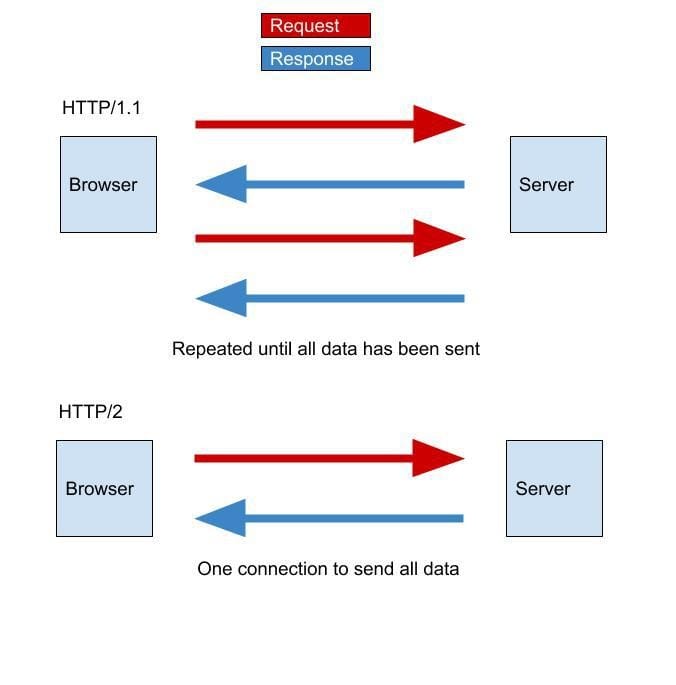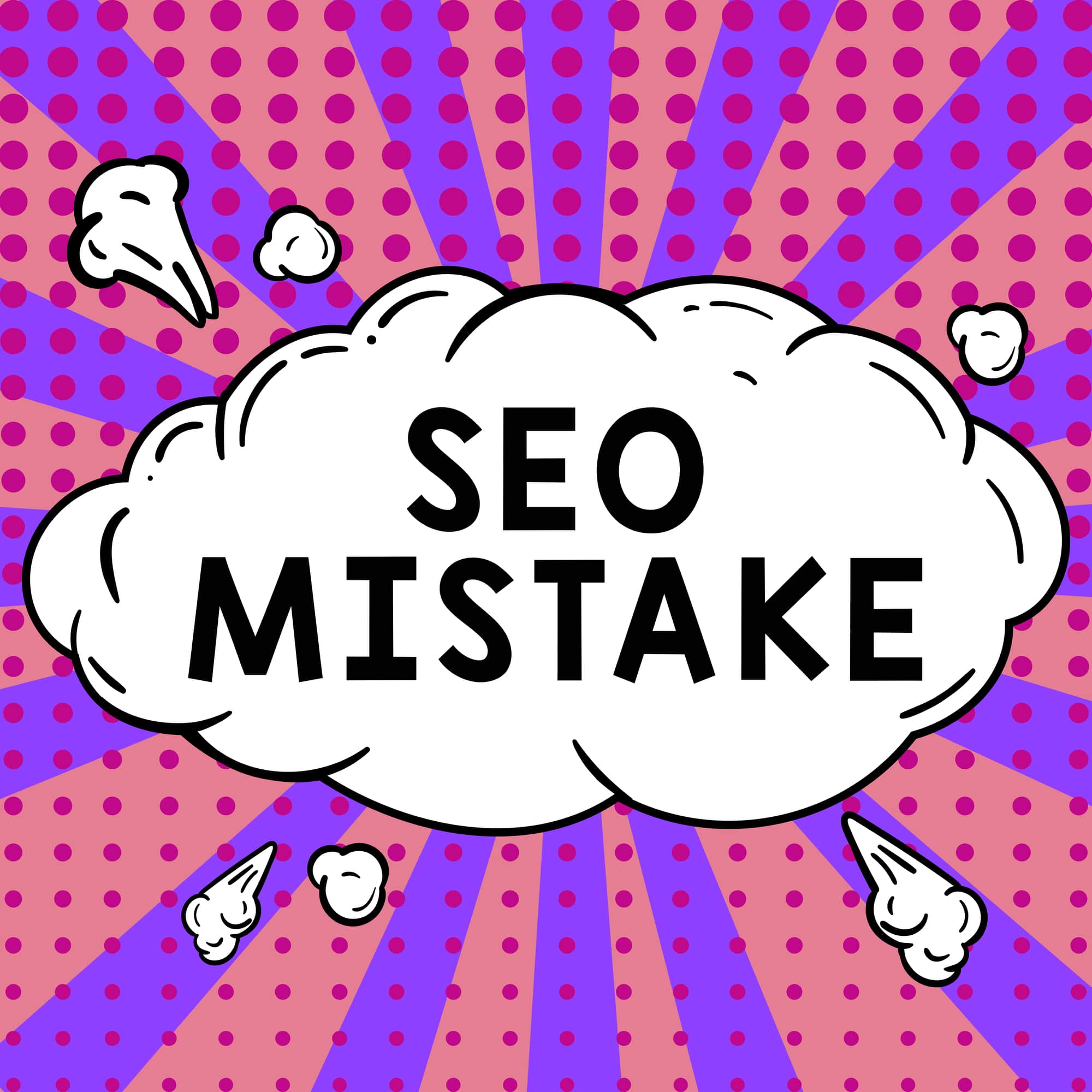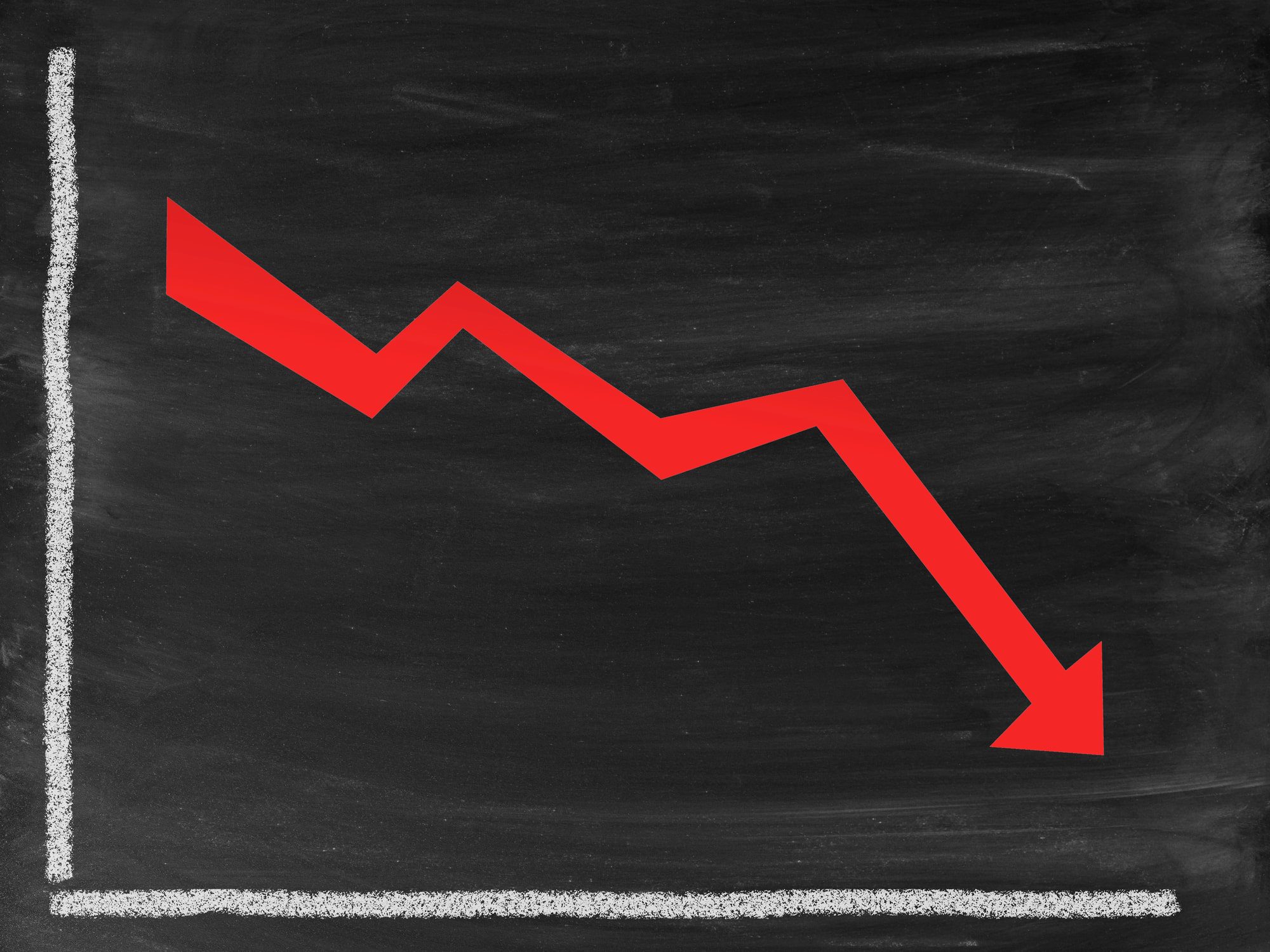 With all the new updates to Google Mobile-First indexing and page speed updates loading your content faster is top of mind. One of the discussions is updating or activating HTTP/2 protocol.
With all the new updates to Google Mobile-First indexing and page speed updates loading your content faster is top of mind. One of the discussions is updating or activating HTTP/2 protocol.
Background Comparison
HTTP/1.1 is the current standard for all websites and servers and has been around since the 90’s. HTTP/2 was created in 2015 and has yet to become the new standard. If age comparison isn’t enough of a reason to start using HTTP/2, this comparison of how HTTP/1.1 and HTTP/2 transfers data should help seal the deal.
 As you can see from the breakdown HTTP/2 transfers all data at a single connection instead of going back and forth for every single piece of data. This difference is the main reason HTTP/2 is the future and should be looked into by your webmaster.
As you can see from the breakdown HTTP/2 transfers all data at a single connection instead of going back and forth for every single piece of data. This difference is the main reason HTTP/2 is the future and should be looked into by your webmaster.
Benefits of HTTP/2
Since HTTP/2 can handle more things at once, we find our websites loading much faster for browsers and search bot agents. The issue as of today is not every web server is configured to use HTTP/2 so most of the major bots (including Google) only crawl/index using the older HTTP/1.1. This means if you were to turn off version 1.1 and move solely to version 2 your website would drop in ranks faster than it did when the Penguin update was released. This is because Googlebot has no short term plans to start crawling with version 2.
“Google is looking at page speed even more now due to the new mobile-first indexing. Loading up all your data quickly and in a single connection is by far the best way to get your site to load faster.”
Many companies and SEO experts have tested this change. Every one of them has found that moving solely to version 2 does not work and causes issues. However enabling HTTP/2 alongside HTTP/1.1 can have an impact on your SERPs and user experiences. This is due to browsers using HTTP/2 if is is enabled on your server leading to a faster load time resulting in happy users.
Google is looking at page speed even more now due to the new mobile-first indexing. Loading up all your data quickly and in a single connection is by far the best way to get your site to load faster.
Other features and benefits of HTTP/2
- Server Push – When a browser requests a specific resource the server can push other files into cache at the same time to reduce network trips and latency.
- Stream prioritization – You can set priority to types of requests to ensure the more important resources are sent faster and first.
- Binary framing layer – Easier to parse out data
- Header compression – improves load time and reduces overhead for certain types of data
We recommend turning on HTTP/2 if possible with your server or host and having it run side-by-side with HTTP/1.1 ensuring Google and other bots still have the ability to access and crawl your website.
Not Ready For Prime Time?
Google said they would have HTTP/2 crawling ready in 2016 but that has not happened yet. Based on some tweets John Mueller has sent out to people requesting more updates, it does not appear that Googlebot will get this update for some time. He said, “I don’t see a big advantage for Googlebot” in a tweet back in Oct 2016 which personally sounds like they are no longer looking at moving their crawler to use HTTP/2. This does not mean that having version 2 enabled will affect your SERPs, but it does mean that Google is looking at this from a different perspective. It appears they need more time to ensure they utilize version 2 at its full capacity.
Not all hosts or servers have a simple switch to flip on HTTP/2, however, most have a way to do it. If you are looking for assistance please reach out so we can help determine if your server can support this change.







